Health
Discover the Health Benefits of Living Better
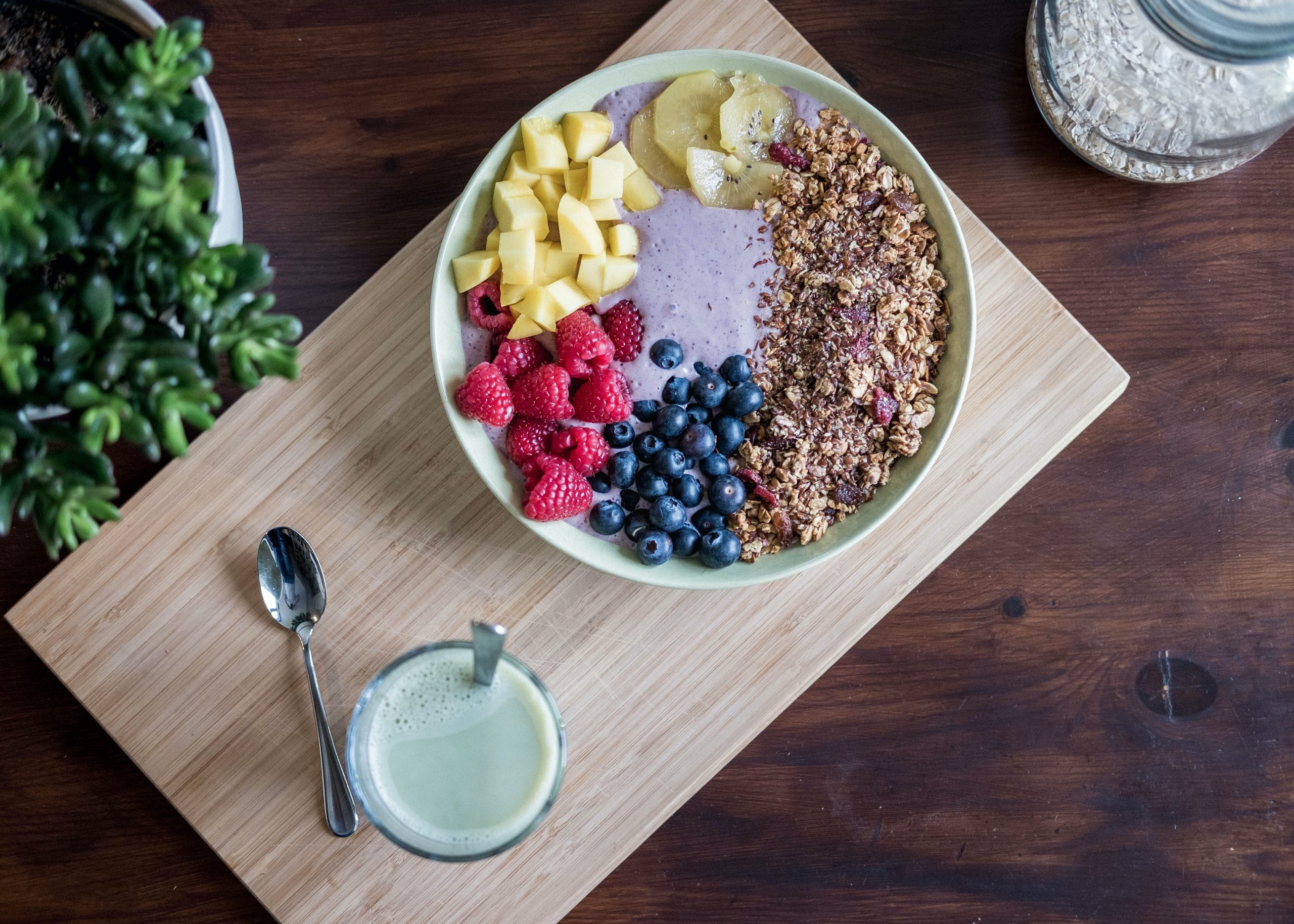
Here at HealthBenefitsof.org we want you to discover how you can create a healthy lifestyle by recognizing the health benefits of everyday things. For example, lets say you are trying to eat more greens. Understanding the health benefits of kale will most likely encourage you to find many creative ways to fit it into your diet.
There was a time, before there were fast food restaurants on every corner, that millions of families sat around the table to enjoy three square meals a day. Grant it, some of those meals were high in cholesterol and saturated fats, but folks were much more active back then. Children played outdoors practically from sun up to sun down and parents kept busy as well with work, home chores and their children’s extracurricular activities.
Creating a Healthy Lifestyle: One Step at a Time
These days, people are quitting smoking, cutting back on alcohol and watching what they eat. Like any habit, living a healthy lifestyle requires a strong commitment and desire. And since most of us are not farmers or have our own gardens, the crop of whole foods stores has certainly helped to create plenty of food choices for a healthy diet.
Whole foods are foods that are unrefined and unprocessed and usually do not contain added ingredients like salt, sugar or fat. The body is properly fueled by whole foods because they are rich in vital nutrients that our bodies crave.
Since the beginning of time, all human food was whole food. Dairy products were non-homogenized. Organic fruits and vegetables were grown in fertile soil, treated with manure provided by animal or vegetable wastes and not soaked in pesticides or other chemicals.
Replacing Processed Foods with Whole Foods
Over the last few decades it become very convenient to rely on processed foods. However, we are also paying a price for convenience in terms of our health. Nowadays more and more people are getting back to basics and creating healthier versions of their favorite foods at home.
Dark green leafy vegetables, fruits, legumes, nuts, seeds and whole grains contain large amounts of antioxidant phenolics and fiber that may help protect against chronic diseases. The most common foods known to contain antioxidants are berries, beans, potatoes, nuts and dark chocolate, to name a few.
A healthy diet, adequate exercise and proper nutrition are vital to healthy living. It is all relevant to weight management and reducing stress, along with reducing the risk of diabetes, heart disease and stroke. Obesity is also a real problem in today’s society. Living in this age of technology has only seduced us into sitting more and exercising less.
There is always something on television to watch, dozens of apps to download on our phones, hundreds of texts or emails to send out and thousands of web searches to perform. Meanwhile, we’re gaining weight and developing high blood pressure, diabetes and other chronic health problems.
Move More and Sit Less
Instead of paying someone to rake that unending pile of leaves in the front yard, why not grab the rake yourself and enjoy the fresh air and sunshine? You will be burning calories and moving your limbs while receiving generous doses of vitamin D from the sun. And when it comes to health, many people ignore the importance of taking care of their bones and teeth. Having good strong bones protect our organs and anchors our muscles.
Bones need adequate consumption of calcium in order for proper functioning of the heart, nerves and muscle. Excellent sources of calcium include dairy products such milk, cheese and yogurt; dark green vegetables such as broccoli and bok choy, almonds, breads, cereal, and tofu products are other good sources.
It is a widely known fact that regular physical activity produces great health benefits. In addition to calcium, weight-bearing exercises causes bones and muscles to reach peak bone mass and work against gravity. Examples of such weight-bearing physical exercise include:
• Basketball
• Dancing
• Hiking
• Jumping rope
• Jogging, running or brisk walking
• Lifting weights
• Playing racquetball or tennis
• Field hockey
• Soccer
• Stair climbing
• Step aerobics
• Tai Chi
Walk More for Better Health
It may be worth your while to sacrifice a few hours of watching television by substituting this pastime with walking. Spending a little extra time on the treadmill or walks around the block will do wonders in no time. Carry a pair of dumbbells and practice deep breathing exercises as you walk. You will not only feel invigorated and lose weight, but breathing in some fresh air will be beneficial to the lungs and cardiovascular system.
Indoor and outdoor chores are other fantastic ways of keeping the body fit and the house in order. Gardening and general house cleaning will certainly activate those muscles that may have been lying dormant.
Again, living in a technology-driven world where so much can be accomplished while remaining in a sedentary position can be damaging to the body, mind and soul. Every fiber of our being needs stimulation. The spirit needs to be quieted and relaxed to receive inspiration. The mind also needs rest from time to time so that it can handle daily challenges and duties. And the body needs proper nourishment and exercise to function and potentially have a long life free from disease and ailments.
Healthy living does not necessarily mean compromising good tastes for bland meals nor does it mean having to live at the gym. It simply increases chances of having a better quality of life and perhaps even less trips to the doctor’s office.
Living a healthy lifestyle is a habit and it’s never too late to start good ones, especially habits that can be passed down to generations to come. Trends, concepts and discoveries are forever changing or being made. To keep up to date on current trends, be sure to join our mailing list for the very latest on living a healthy lifestyle.
Health
15 good reasons to drink lemon juice in the morning on an empty stomach

Discover the 15 good reasons to drink lemon juice in the morning on an empty stomach.
Lemon is one of the most frequently and widely used citrus fruits.
Its popularity is due to its scent and refreshing taste.
Its aroma makes it an ingredient of choice in many recipes and the composition of perfumes.
It also accompanies a large number of drinks, including tea and cocktails, it can also be served as fruit juice.
Not only is lemon used for its aromatic qualities, but also its therapeutic dimension.
Rich in vitamin C, lemon indeed has formidable therapeutic virtues: its Antiviral and antibacterial properties as well as its ability to stimulate the immune system are widely recognized.
One of the most common ways to reap the benefits of lemon is by squeezing the juice.
Lemon juice stimulates digestion and has a detoxifying action.
It also promotes drainage of the liver and thus improves digestion.
By its ability to boost metabolism, lemon juice is an effective way to lose weight.
If you want to lose weight, drinking lemon juice in lukewarm water every morning on an empty stomach gives fabulous results.
But that’s not all, nutrition specialists at the Edison Institute of Nutrition have compiled a list of the main benefits of consuming lemon juice mixed with lukewarm water on an empty stomach:
1. An excellent source of vitamin C, lemon juice protects the body by strengthening the immune system.
2. Drinking lemon juice in lukewarm water every morning on an empty stomach helps maintain pH balance in the body.
3. Thanks to its antibacterial properties, lemon juice helps fight infections.
4. Has a detoxifying action.
5. Promotes digestion.
6. Besides vitamin C, lemon is also an excellent source of potassium, calcium, phosphorus, magnesium, etc.
7. Helps fight colds.
8. Lemon water is a well-known remedy for dealing with different skin problems like acne, rashes, wrinkles, or dark spots.
9. Mixed with lukewarm water, lemon juice stimulates digestion, boosts metabolism, and thus allows you to lose weight quickly.
10 Lemon juice is also very effective in removing toxins that have accumulated in the liver.
11. The anti-inflammatory properties of lemon help fight infections of the respiratory tract, sore throat, and inflammation of the tonsils.
12. Rich in electrolytes, lemon juice effectively hydrates the body.
13. Drinking lemon juice mixed with lukewarm water decreases muscle and joint pain.
14. Lemon juice in lukewarm water promotes good dental hygiene because it helps decrease dental pain and prevent gingivitis.
15. Drinking lemon juice in lukewarm water stimulates digestion and regulates intestinal transit.
SOME QUESTIONS / ANSWERS AND COMMENTS :
Q. Out of curiosity… my cousin is allergic to lemon. Does lime have the same virtues?
A. Yes, you can substitute lemon for lime.
I had to stop drinking lemon water for a month because I was sick. The joint pain I got rid of before all came back.
So I started drinking lemon juice in lukewarm water again every morning on an empty stomach.
Now after a week, and it’s true, my pain in my knees is gone !!!!
It’s amazing! Lemon is indeed very alkalizing and promotes the elimination of acids.
Also, it contains a lot of vitamin C, which is good for the joints.
Some people suffer from vitamin C deficiency and need to be sure to find it in their diet or supplements.
Q. After drinking lemon juice in lukewarm water in the morning on an empty stomach, how long should I wait to eat?
A. I recommend that you wait 20 to 30 minutes before eating.
Q. Why does lemon juice need to be mixed with lukewarm water? Is lemon juice also beneficial in cold water?
A. Lukewarm water stimulates digestion and the liver.
Coldwater does the opposite, it blocks digestion.
So it is best to consume lemon juice in lukewarm water.
Q. How many lemons should you squeeze in the morning to benefit from the benefits of this fruit?
A. I suggest squeezing half a lemon in a large glass of lukewarm water (25cl).
Lemon juice is rich in vitamin C and antioxidants.
Citric acid and vitamin C promote the dissolution of gallstones, their elimination, as well as the clearing of the bile ducts.
Lemon juice has been used for centuries in the treatment of kidney stones and gallstones.
Lemon also has antimicrobial properties that help reduce gallbladder infections and relieve pain.
The pectin in lemon juice relieves bloating, nausea and pain.
Besides, lemon juice helps reduce the production of cholesterol by the liver.
Q. Hello. I have a question: I have thyroid problems, can I drink lemon juice in lukewarm water?
A. Yes. You can drink lemon juice in lukewarm water if you are suffering from thyroid problems.
Q. I take medicine on an empty stomach every morning for a thyroid problem. Should I take this medicine before drinking lemon water or after?
A. Since lemon water is absorbed relatively quickly by the body, I recommend that you take your medicine soon after drinking the lemon water.
Joint pain is associated with poor digestion and allergic reactions to certain foods.
Lemon water promotes digestion and the elimination of toxins.
If your teeth are prone to demineralization and are very sensitive, I advise you to drink lemon water through a straw.
Health
Mosquito bite: The Miracle Cure Against It

Discover The Miracle Cure Against Mosquito Bite.
Have you been bitten by a mosquito again?
They have the gift of stinging us when we spend a quiet evening on the terrace!
And then, hello the itching!
We only want one thing, and that is to scratch ourselves to the point of blood. It’s super annoying!
Fortunately, my grandmother gave me her natural remedy to quickly relieve a mosquito bite.
The miracle trick is to apply a paste of baking soda and witch hazel water. Look :
What you need
- baking soda
- witch hazel water
- cup
How to do
- Put three teaspoons of baking soda in a cup.
- Pour a teaspoon of witch hazel water
- Mix to obtain a paste.
- Apply the paste to the bite.
- Leave on.
Results
And there you have it, thanks to this remedy, you have stopped the itching of mosquito bites in their tracks 🙂
Easy, fast, and efficient, isn’t it?
It is a simple treatment that makes the sting deflate and disappear quickly!
This remedy is completely natural and very gentle. It is ideal for the fragile skin of children and babies.
And you don’t even need Apaisyl cream … it’s much more economical that way.
In addition, it works for all insect bites: mosquitoes, spiders, horseflies…
Why does it work?
Baking soda soothes the itchiness. It acts as an antiseptic and disinfectant. It thus calms the inflammation caused by the sting.
Witch hazel water also disinfects the sting and soothes the itchy sensation.
It also refreshes the skin and heals the irritated part thus bringing an immediate feeling of well-being.
We also find witch hazel in the composition of calming gels after insect bites from Hansaplast.
What is witch hazel?
Witch hazel is a plant native to North America.
Witch hazel water comes from the indirect distillation of dried witch hazel leaves. It takes about 60 kilos of leaves to get a thousand liters of water.
The many benefits of witch hazel have been recognized for a very long time.
It helps disinfect wounds. Applied in massage, it is an effective venous tonic and stimulates blood circulation.
It also has anti-inflammatory properties and as such, it relieves rheumatic and arthritis pain.
It is also an asset in your beauty kit. Used in rinsing water, it eliminates dandruff.
Finally, it is also found in perfumery, because its smell is very pleasant. It is similar to that of cut grass with a hint of mint in addition.
Health
17 Benefits of Garden Cress You Never Dreamed of
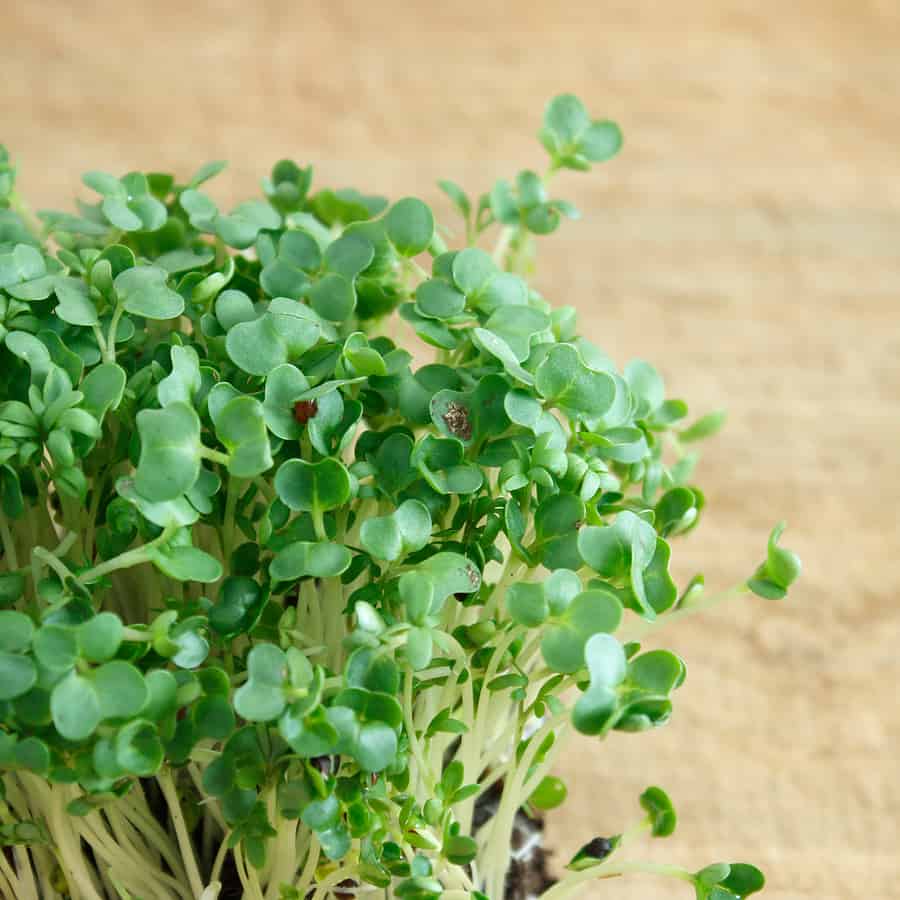
Table of Contents
-

 Benefits5 months ago
Benefits5 months agoThe Benefits of Joining Gym Lumolog – Improve Your Fitness & Health
-

 Food1 year ago
Food1 year ago10 + Benefits of carrot juice and side effects
-

 Health1 year ago
Health1 year ago50 Super Healthy (And Very Often Cheap) Foods
-
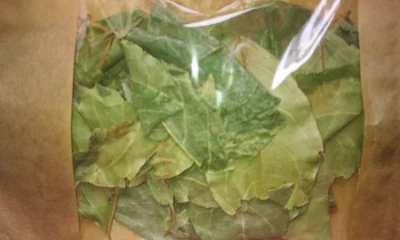
 Health1 year ago
Health1 year ago5 Shocking health benefits of kinkeliba and side effects
-
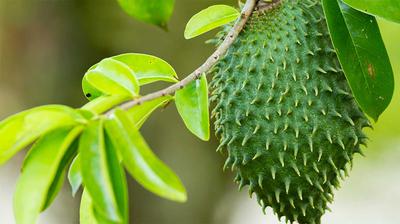
 Health1 year ago
Health1 year ago15 health benefits of soursop leaves tea and side effects
-

 Food1 year ago
Food1 year ago8 shocking benefits of leek juice and side effects
-
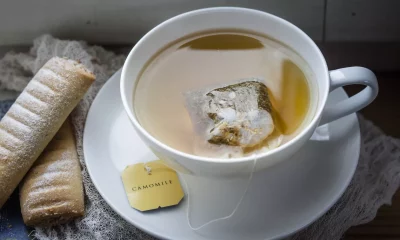
 Health1 year ago
Health1 year ago15 Benefits of lipton tea and side effects
-

 Health1 year ago
Health1 year agoBenefits of guava leaves Sensually


